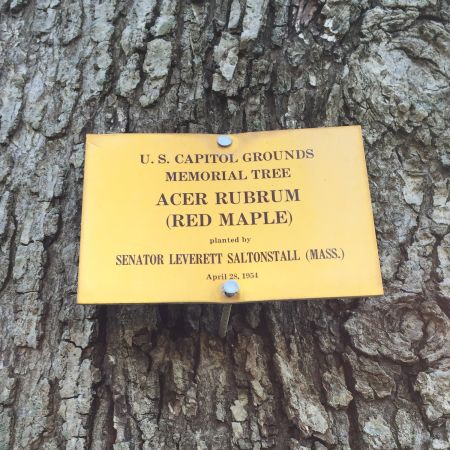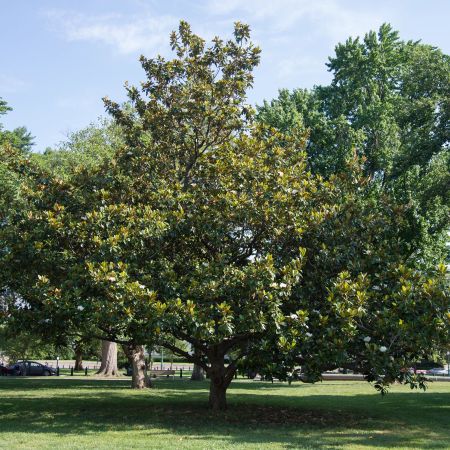Highlights
Botanical Name
Aesculus hippocastanum
Native to the Balkans but widely planted across Europe and North America, the horse chestnut is known for its showy white flowers with pink or yellow centers, arranged in upright panicles in spring. It produces large, spiny fruit capsules containing glossy brown seeds, commonly called conkers. Although toxic to humans, these seeds were historically used in traditional medicine.
Horse chestnuts have a broad, rounded crown, dark green palmate leaves, and rough, fissured bark. The species is often found in parks and along streets, but it is susceptible to leaf blotch and bleeding canker disease, symptoms of which can be seen on the horse chestnuts found on the U.S. Capitol Grounds from mid-June though the fall.
There is one original horse chestnuet tree still living on the U.S. Capitol campus today.
About the Olmsted Originals
Landscape architect Frederick Law Olmsted's 1874 General Plan for the U.S. Capitol Grounds sought to create a setting to accentuate the monumentality of the Capitol Building. Approximately 45 of Olmsted's trees remain today, having endured more than a century of urban life on the front stage of American democracy.
Each tree has its own unique features and preservation challenges, and the Architect of the Capitol's arborists employ industry best management practices to ensure these trees are given the very best care to remain safely in the landscape for current and future generations to enjoy.




